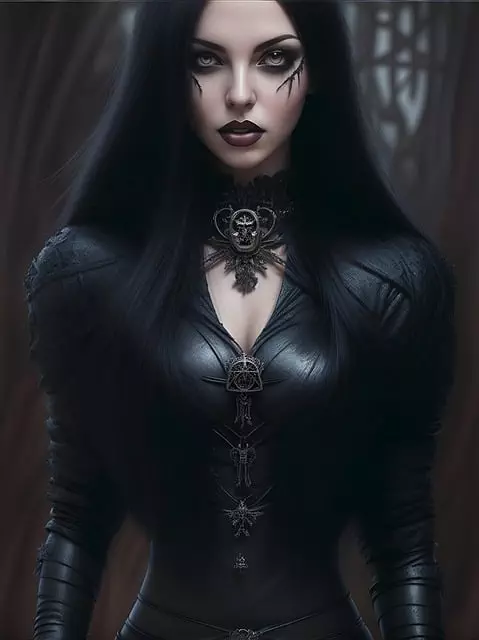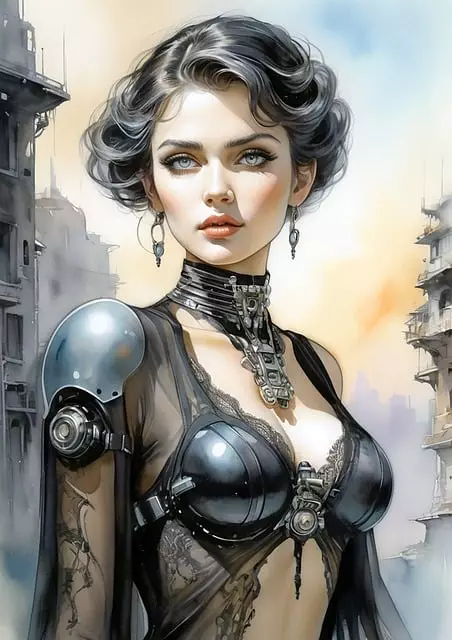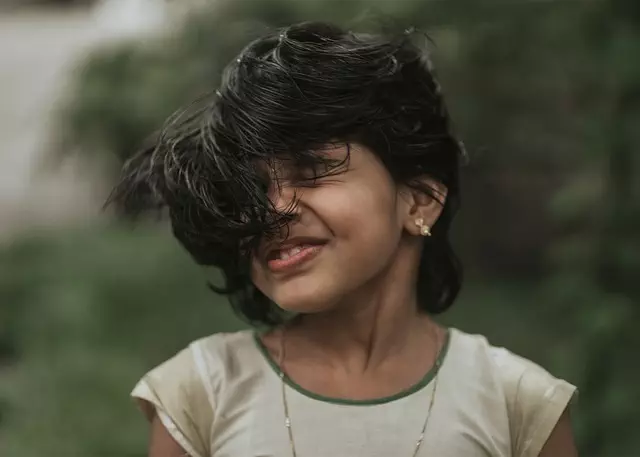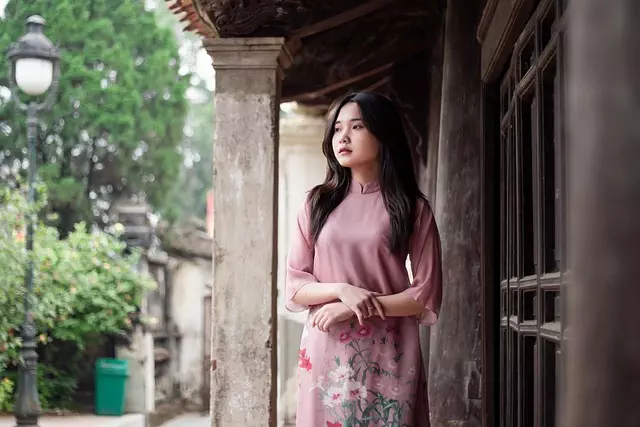Girls' costumes enrich learning by blending historical and literary themes into immersive educational experiences. These outfits, ranging from ancient Greek scholar attire to modern-day heroines like Hermione Granger, serve as interactive learning tools that connect young wearers with influential figures from history and literature. They offer a hands-on approach to understanding diverse cultures and fostering curiosity about the world. The authenticity of these costumes, crafted with attention to historical detail and quality materials, enhances their educational value, allowing children to step into the shoes of past civilizations and cultural icons, thus encouraging critical thinking, empathy, and an appreciation for different perspectives. Incorporating girls' costumes into educational settings transforms classrooms into dynamic stages where STEM subjects are more accessible and where historical and literary narratives come to life, potentially inspiring a lifelong passion for learning and cultural exploration. These costumes are not merely for play but are a significant resource in shaping the cultural awareness and historical understanding of today's youth through experiential education. Keywords: girls costume, educational tool, immersive learning, historical accuracy, cross-curricular activities, cultural enrichment, self-expression, STEM subjects, critical thinking, diverse perspectives.
- Exploring the Historical and Literary Roots of Educational Girls Costumes
- The Role of Cultural Significance in Shaping Educational Girls Costumes
- A Closer Look at the Materials and Craftsmanship of Authentic Educational Girls Costumes
- Incorporating Educational Girls Costumes into Modern Learning Environments
Exploring the Historical and Literary Roots of Educational Girls Costumes
Girls’ costumes have a rich tapestry of influences drawn from historical and literary sources, reflecting a wide array of roles and identities that resonate with their wearers. From ancient Greek attire representing wisdom and learning to the elaborate garb of queens and heroines in Shakespearean plays, these costumes serve as a bridge between the past and present, allowing young learners to engage with history and literature in an immersive manner. The historical roots of girls’ costumes can be traced back to significant figures from antiquity, such as the scholarly personas inspired by figures like Sappho or Hypatia. These educational costumes often replicate the attire of these intellectual icons, fostering a sense of connection with the pioneers of knowledge and encouraging an exploration of their contributions to society. In literature, characters like Alice in Wonderland, Scout Finch from “To Kill a Mockingbird,” or Hermione Granger from the Harry Potter series have also left indelible marks on the cultural imagination. The costumes inspired by these characters allow girls to embody the adventures and lessons of these narratives, thereby promoting a deeper understanding and appreciation of the stories that have shaped collective consciousness. The integration of educational themes into girls’ costumes not only adds an element of learning but also instills values such as curiosity, bravery, and intelligence. These costumes are more than mere playthings; they are a means of cultural expression and a tool for education that can inspire and motivate young minds to discover more about the rich heritage that informs their identities today.
The Role of Cultural Significance in Shaping Educational Girls Costumes
Girls’ costumes serve as more than mere attire for role-play; they are a reflection of cultural narratives and historical significance. These costumes, often intricately designed to represent characters from various literary works, folklore, or historical periods, play a pivotal role in instilling an understanding and appreciation of diverse cultures. For instance, a costume inspired by traditional Japanese attire carries with it the weight of centuries-old customs and the delicate aesthetics that have shaped Japan’s cultural identity. Similarly, a girl dressed as a character from Greek mythology not only emulates the iconic imagery but also engages with stories that have shaped Western literature and philosophy.
The selection of educational girls’ costumes is a powerful tool for encouraging young minds to explore and understand the significance of different cultures. These costumes can spark curiosity about historical events, inspire discussions on cultural heritage, and provide an immersive learning experience. They allow girls to step into the shoes of figures from various walks of life, be it a scientist, a historical figure, or a character from a global fairy tale. Through this process of embodiment, children can develop empathy, gain insights into the world’s rich tapestry of societies, and appreciate the value of cultural diversity, all while engaging in play that is both educational and enjoyable.
A Closer Look at the Materials and Craftsmanship of Authentic Educational Girls Costumes
When it comes to authentic educational girls costumes, the attention to detail in materials and craftsmanship is paramount to evoke a truly immersive experience. These costumes are not merely attire; they are meticulously constructed garments that serve as tangible representations of historical figures or significant cultural symbols. The fabrics used are often of high quality, reflecting the periods they represent, with accurate weaves and textures. For instance, a costume designed to emulate a Renaissance-era scholar might feature velvet and brocade, materials that were popular during that time for their durability and luxurious appearance. The trims and embellishments, such as lace or ribbonwork, are chosen for their period-appropriateness, adding an authentic touch to the ensemble.
Craftsmanship in these educational girls costumes is a testament to tradition and modern technique, combining to create garments that are both comfortable and true to the era they depict. Skilled artisans employ techniques such as hand-stitching, appliqué, and embroidery to enhance the visual appeal of the costume. This not only makes the costume visually striking but also aids in teaching children about historical fashion and the art of garment construction. The costumes often include intricate details like accurately reproduced trim, buttons, and fastenings that are faithful to the original designs from which they are inspired. This commitment to authenticity ensures that each educational girls costume becomes a valuable educational tool, offering an engaging way for young learners to connect with history and culture through role play and immersion.
Incorporating Educational Girls Costumes into Modern Learning Environments
In modern learning environments, educational costumes serve as a dynamic tool for immersive teaching and experiential learning, particularly when tailored for girls’ interests and developmental stages. The use of girls’ costumes within these settings can transform the classroom into a stage where historical figures come to life, scientific concepts are brought to reality, or literature becomes tangible. For instance, dressing up as famous scientists like Marie Curie or mathematicians like Ada Lovelace can inspire young learners to engage with STEM subjects, breaking down barriers and sparking curiosity about the world. Similarly, costumes that represent characters from classic literature or significant events in history not only make learning more enjoyable but also foster a deeper connection with the material, encouraging critical thinking and empathy.
Moreover, incorporating girls’ costumes into educational curricula can support cross-curricular activities, where learners can role-play different professions, explore cultural heritage, or delve into creative arts. This approach not only enriches the learning experience but also empowers girls to express themselves, explore their identities, and understand diverse perspectives. The integration of these costumes should be thoughtfully planned, ensuring they are inclusive, age-appropriate, and align with educational objectives. By doing so, educators can harness the potential of girls’ costumes to create a vibrant and interactive learning environment that stimulates both the imagination and the intellect.
In review, educational girls costumes are not merely attire but are imbued with historical and literary significance, reflecting cultural values and traditions. The meticulous materials and craftsmanship that go into authentic girls costumes underscore their role as both an educational tool and a form of artistic expression. As educators and parents look to modernize learning experiences, integrating these costumes into contemporary settings offers a unique approach to immersive education, enriching the learning process with tangible historical artifacts. By doing so, we maintain a living connection to our heritage while fostering an appreciation for cultural diversity and craftsmanship in younger generations. The legacy of educational girls costumes continues to evolve, ensuring their relevance and value in both historical contexts and modern educational practices.






